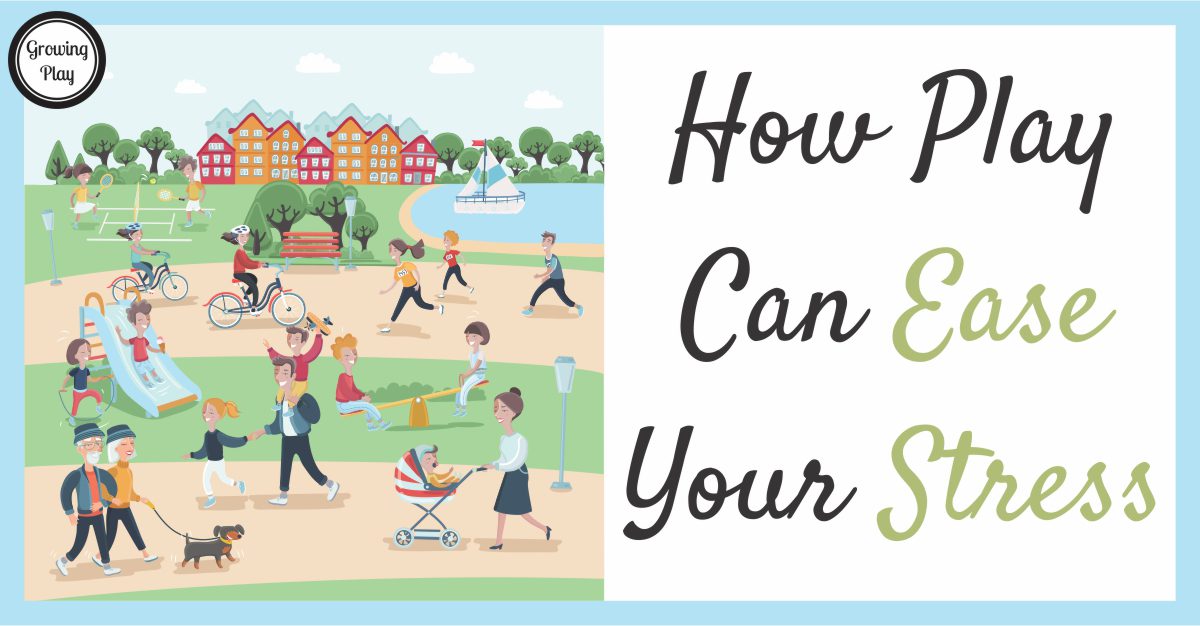How Play Can Ease Your Stress – Children and Adults Need to Play
 How Play Can Ease Your Stress – Children and Adults Need to Play
How Play Can Ease Your Stress – Children and Adults Need to Play
Do you ever stop to think about how much play can ease stress in your life? I am not just talking about children. Adults need to play as well.
Stuart Brown, MD, founder of the National Institute for Play, reminds us that “…making play part of our daily lives is probably one of the most important factors in being a fulfilled human being. The ability to play is critical not only to being happy but also to sustaining social relationships and being a creative, innovative person.” If you think that it too extreme, expand your definition of play. Play can include games, sports, books, art, music, and many, many more activities. Without these activities in our lives, we most likely would be unhappy and isolated.
There are many ways that play can help to ease stress for children and adults. Free play allows us to release energy, be creative and let go of worries for a period of time. We form bonds with others when the play is part of a social interaction helping to reduce emotional stress. Play is fun, so the more we play to more we will seek out to experience pleasure again the next time. The act of play lends itself to repeating the task.
Play can physiologically ease stress because when we enjoy ourselves, the brain releases dopamine and norepinephrine helping reward us and generating brain plasticity. Another bonus is that the act of play does not release cortisol, the stress hormone, and it some cases even reduces it. In general, play primes the brain for learning!
When your children come home from a long day at school, play can help to reduce stress. Encourage your children to participate in any type of play (but avoid getting sucked into video games or apps for long term use). Play will help to reset their brain, release energy and be ready to face homework or the next day at school.
Remember the same advice holds true for adults. After a long day at work, engage in play activities. What does play look like for an adult? It may be reading, cooking, a walk on the beach, playing a game, completing a puzzle or knitting. Play is really any fun activity that provides you with rewards and pleasure.
After a long day at work and you find yourself having some free time, what do you choose to do?
Reference: . Joels, M., Pu, Z., Wiegert, O., Oitzl, M. S., & Krugers, H. J. (2006). Learning under stress: How does it work? Trends in Cognitive Sciences, 10(4), 152–158.




